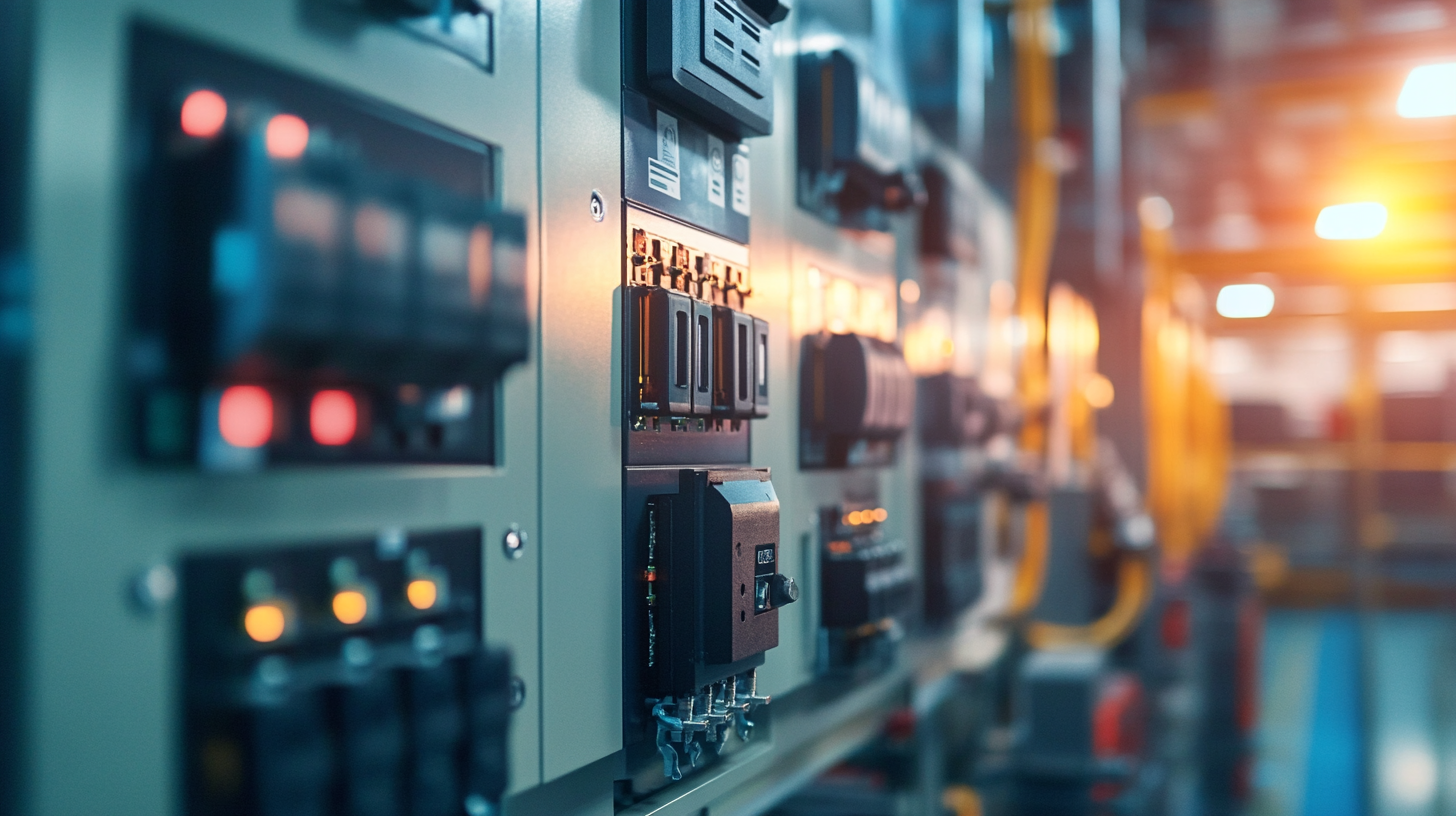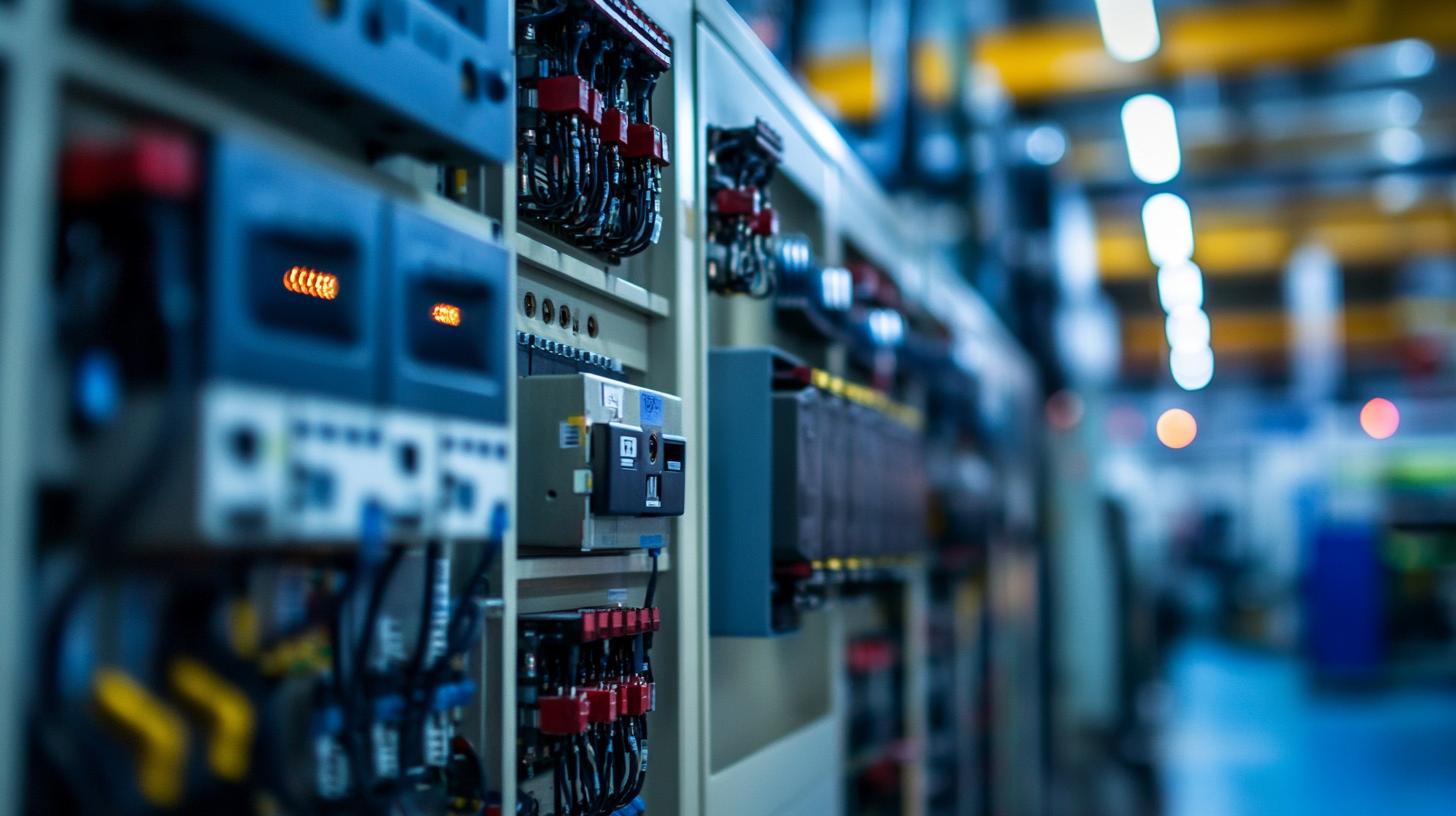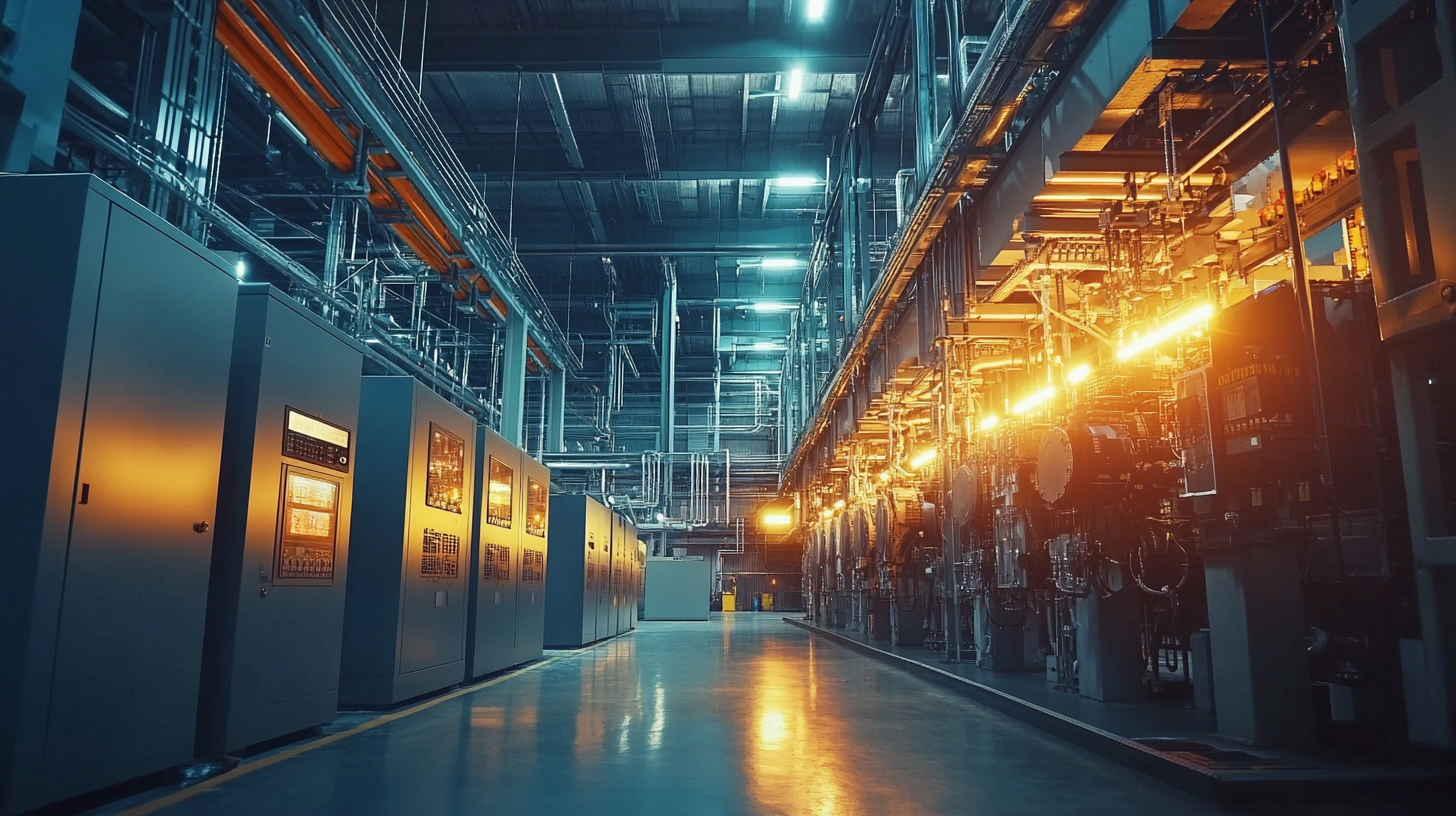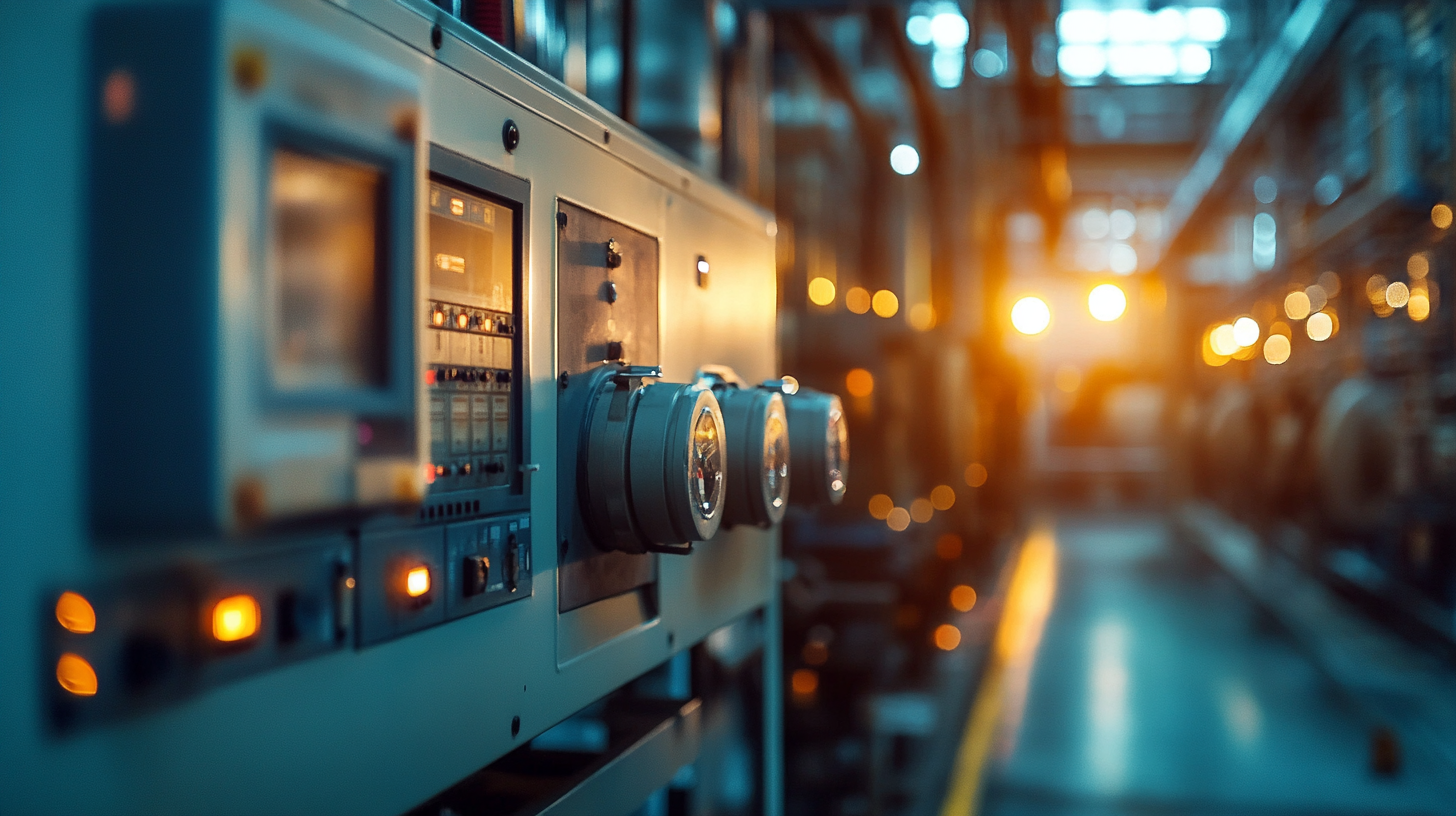In the dynamic world of industrial technology, effective and dependable power treatment has fostered the increased acceptance of rectifiers with direct current. The conversion of AC voltage into DC voltage forms the Interphase between direct current and industrial activity, performing a major role in various industrial applications. The imperative for greater efficiency and greener processes makes consideration of the advantages of DC rectifiers necessary to help industries assess enhancement of operational performance and minimization of energy losses.
The advantages of DC rectifiers go far beyond just the conversion of power: they add reliability to equipment, allow better energy utilization, and provide a platform for advanced automation. By delivering a stable supply of DC power, they give different industrial sectors the opportunity to optimize their operations, reduce downtime, and lower maintenance costs. Through this blog, we intend to discourse the far-reaching advantages of DC rectifiers in the industrial domain and highlight how they are changing the game in terms of efficiency, cost, and productivity.

Essentially, a direct current (DC) rectifier is a device for converting alternating current (AC) into direct current (DC), which is very much sought after in various industrial applications because of its efficiency. Generally, all equipment in need of power from a fairly stable voltage source requires the rectifiers because they additionally serve to minimize the ripple voltage and develop the working capacity. Thus, rectifiers further help with energy conversion, intensively supporting applications where power stability is such an important demand. Besides, the technological advances have birthed more-efficient designs for DC-DC converters aimed at optimizing power deliverability in the industrial setup. Fresh perspectives on component design and packaging to improve thermal management are contributing to the creation of higher-performance DC rectifiers. Such enhancements not only optimize operational efficiency but also help prolong the life of the devices through better heat dissipation. The more industries accept these technologies, the more relevant DC rectifiers become.

DC rectifiers constitute a vital technological element in a variety of industrial applications, offering several advantages that meet today's growing emphasis on efficiency and reliability. One very important advantage is that these types of rectifiers efficiently convert AC into DC power, thus providing a smooth current supply to sensitive electronic machinery and control systems in industrial applications. Such stability facilitates the operational function with an assurance of low downtime, extremely crucial in sectors where the stakes are high, such as manufacturing and robotics.
Furthermore, rectifiers help save energy, making them a viable economic choice for industries aspiring toward sustainable practices. With the subsequent rise in electric and automatic systems, not to mention the rapid evolution of mobile robotics, which are expected to become a market niche, higher demand has arisen for reliable power solutions. The degree to which DC rectifiers support this promise may help industries in their energy conservation effort.

The incorporation of DC rectifiers in industrial applications has gained significance in the recent past because of their contribution towards energy efficiency and power quality. These rectifiers convert an alternating current (AC) to a direct current (DC) form, thus reducing the losses, which in turn gives rise to better buying power concerning the manufacturing processes. This development helps reduce the operational costs to a great extent while preserving the environment by energy conservation.
Moreover, the advancement in rectifier technology is paving the way for sustainable norms. The market is estimated to grow at a rate of almost 7.5% annually from 2024 to 2030, thus indicating that more companies are now getting aware of the benefits of having modern rectifiers. These modern rectifiers enhance the reliability of a power system, directly affecting the delivery of service in sectors like transportation and infrastructure development.

Industrial sectors are adopting DC rectifiers more frequently since they are efficient and reliable in applications like large enterprises and 5G telecommunications for enhanced power management. The rectifiers convert alternating current (AC) to direct current (DC) to improve the efficiency of important systems so that operations can be executed stably and continuously.
Advancements in power management development with the advent of small form factor and high-efficiency DC-DC converters allow a massive decrease in board space but without losing efficiency. Such applications are suited to industries where space is expensive and where, therefore, more complex systems can fit into smaller footprints. The increasing demand for hassle-free power would definitely see future developments of industrial designs through advanced rectifiers take a step toward gaining efficiencies and performances for operations.
The future of DC rectifier technology promises great development to be driven by innovations considered for various fields of applications. Digital transformation in manufacturing is on the rise, prompting industries actively to incorporate DC rectifiers to improve energy efficiency and reliability. Arriving at smart manufacturing, the rectifiers ensure higher performance in the automation system's power supplies.
Emerging technologies like AI and automation are also setting up new parameters for DC rectifiers. As seen in current advances like the juggernaut deployment of industrial robots or advanced manufacturing techniques, the call for efficient power solutions is ringing louder. Industry leaders are beginning to use the strength of AI combined with DC rectifiers to minimize energy consumption, thereby reducing operating costs and maximizing productivity in the industry.
DC rectifiers are used to convert alternating current (AC) to direct current (DC), facilitating superior power management in applications like large-scale enterprise computing and 5G telecommunications.
They are gaining popularity due to their efficiency and reliability, which are essential for maintaining smooth and continuous operations in critical systems.
The integration of DC rectifiers, along with advancements in power management technologies, enhances performance and ensures efficient power management.
The emergence of compact and efficient DC-DC converters allows for significant reductions in board space while maintaining high efficiency, complementing the use of DC rectifiers.
They enable more complex systems to fit within limited physical parameters, which is particularly advantageous in industries where space is at a premium.
By providing reliable power solutions, the integration of advanced rectifiers helps to improve the overall operational efficiencies and performance of industrial designs.
The blog mentions their applications in large-scale enterprise computing and 5G telecommunications.
The primary function of DC rectifiers is to convert alternating current (AC) into direct current (DC) for improved power management.
Yes, DC rectifiers enhance the performance and reliability of power management for critical systems, ensuring smooth operations.
As demand for reliable power solutions grows, the integration of DC rectifiers is expected to play a crucial role in future industrial designs, improving operational efficiencies and system performance.